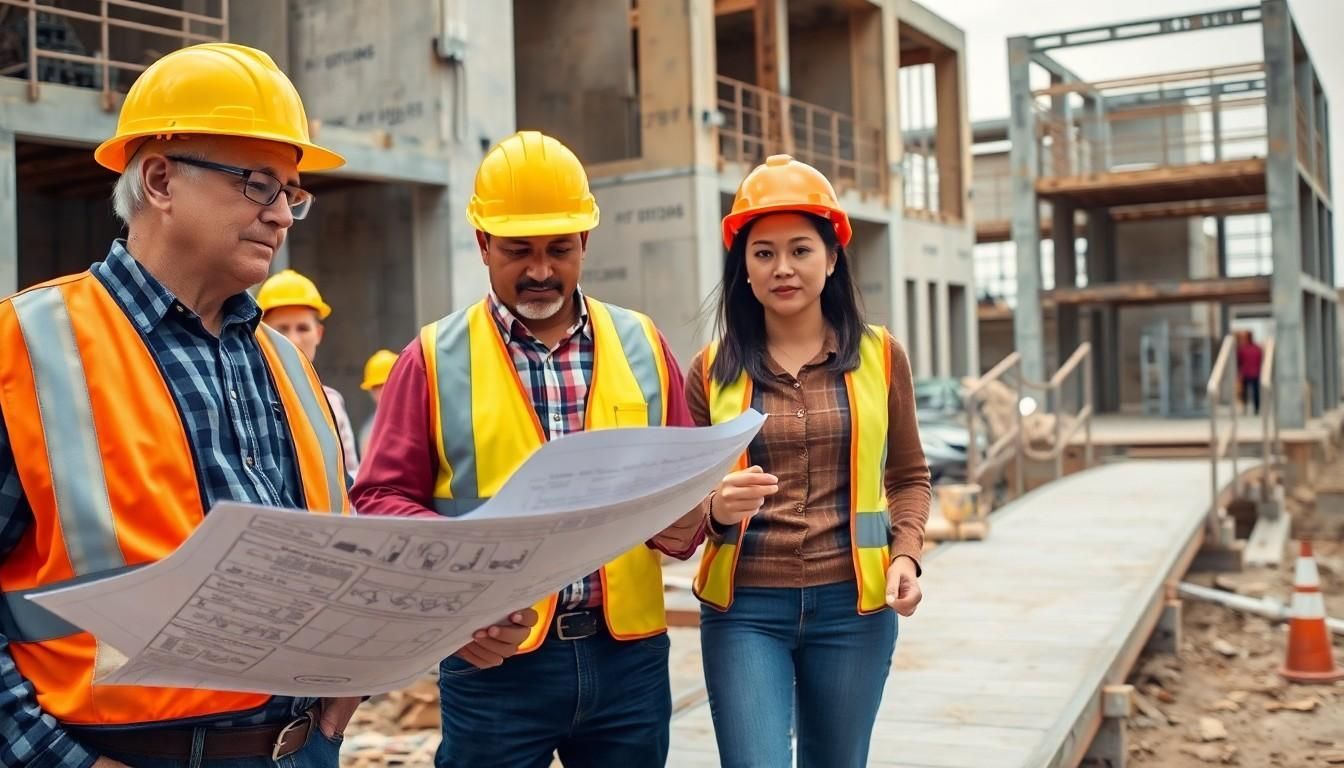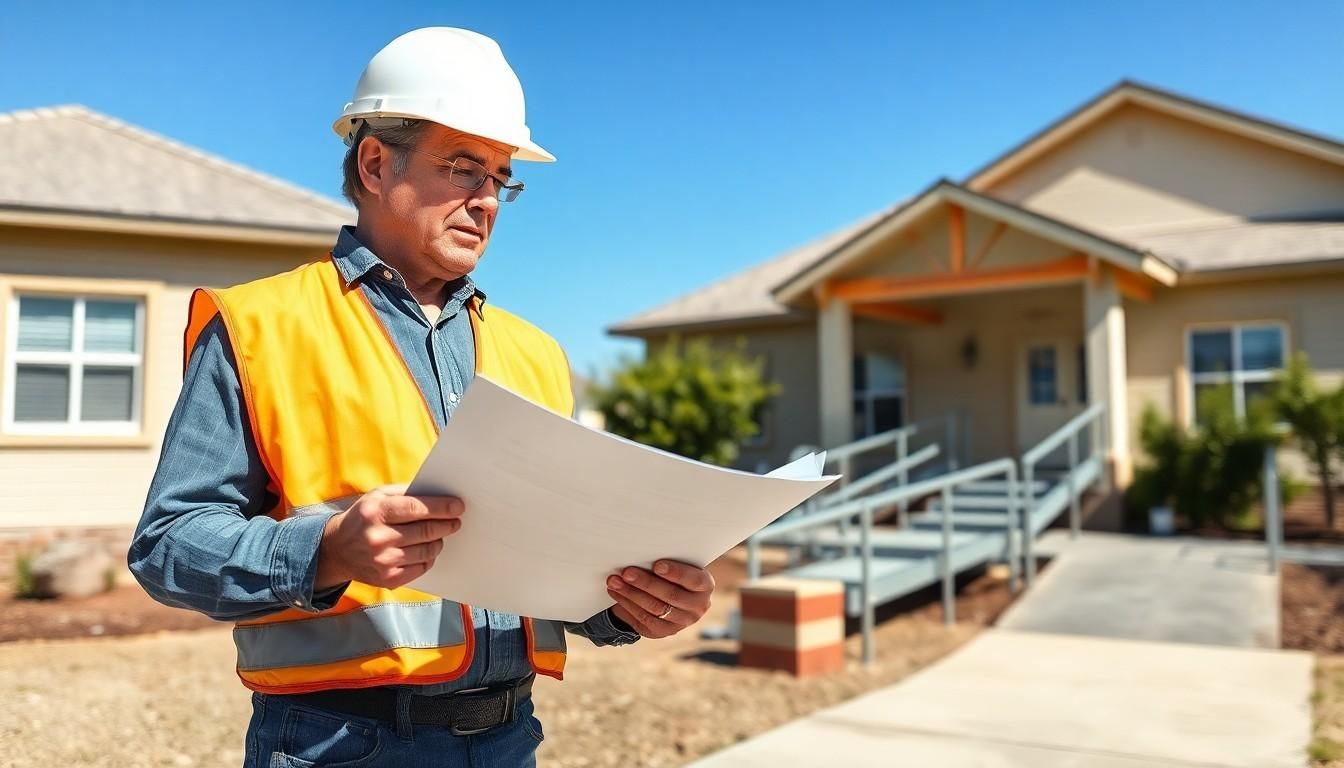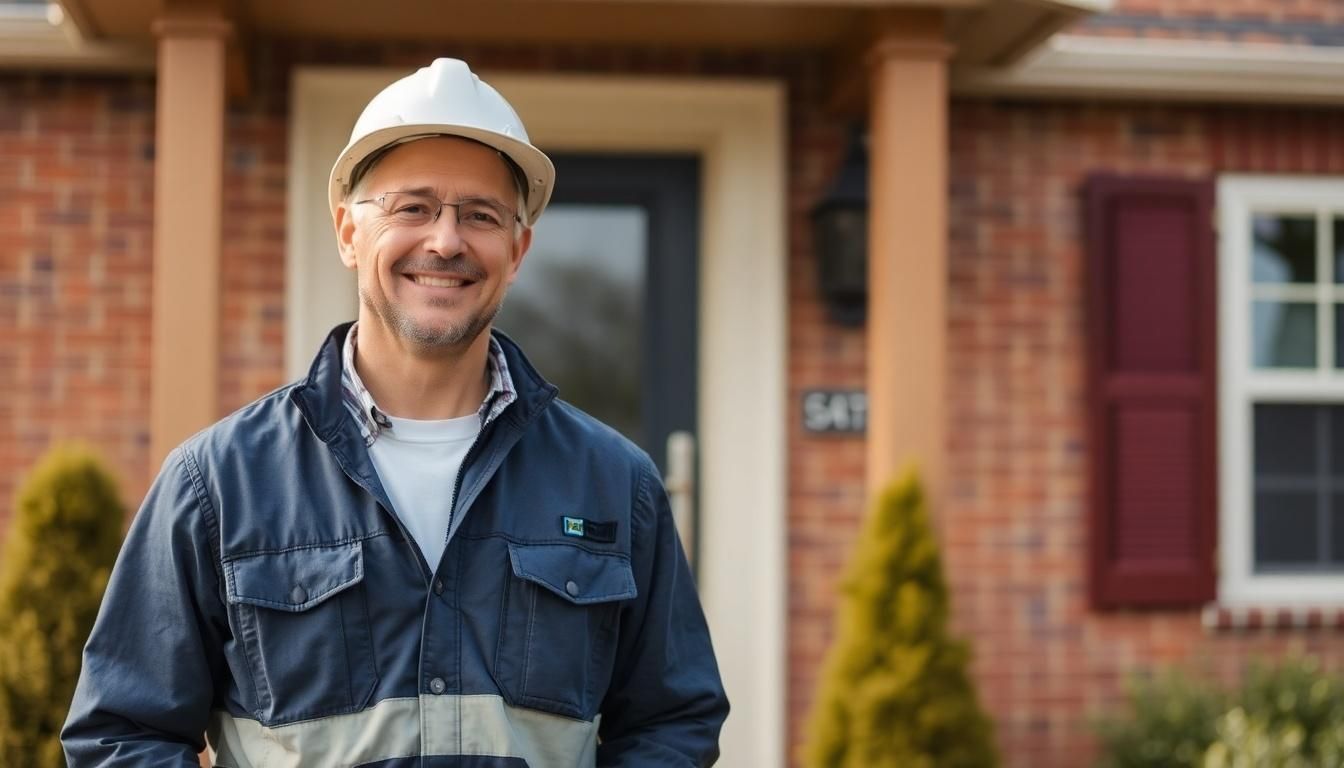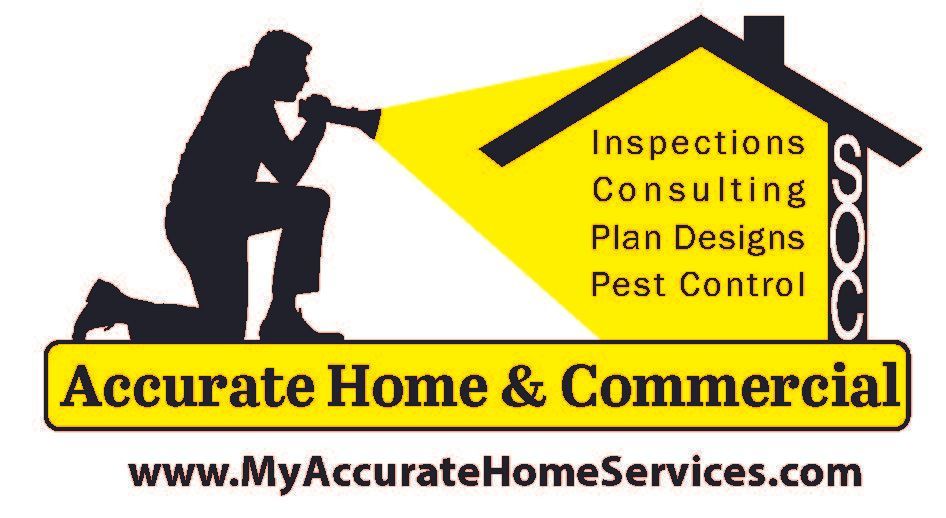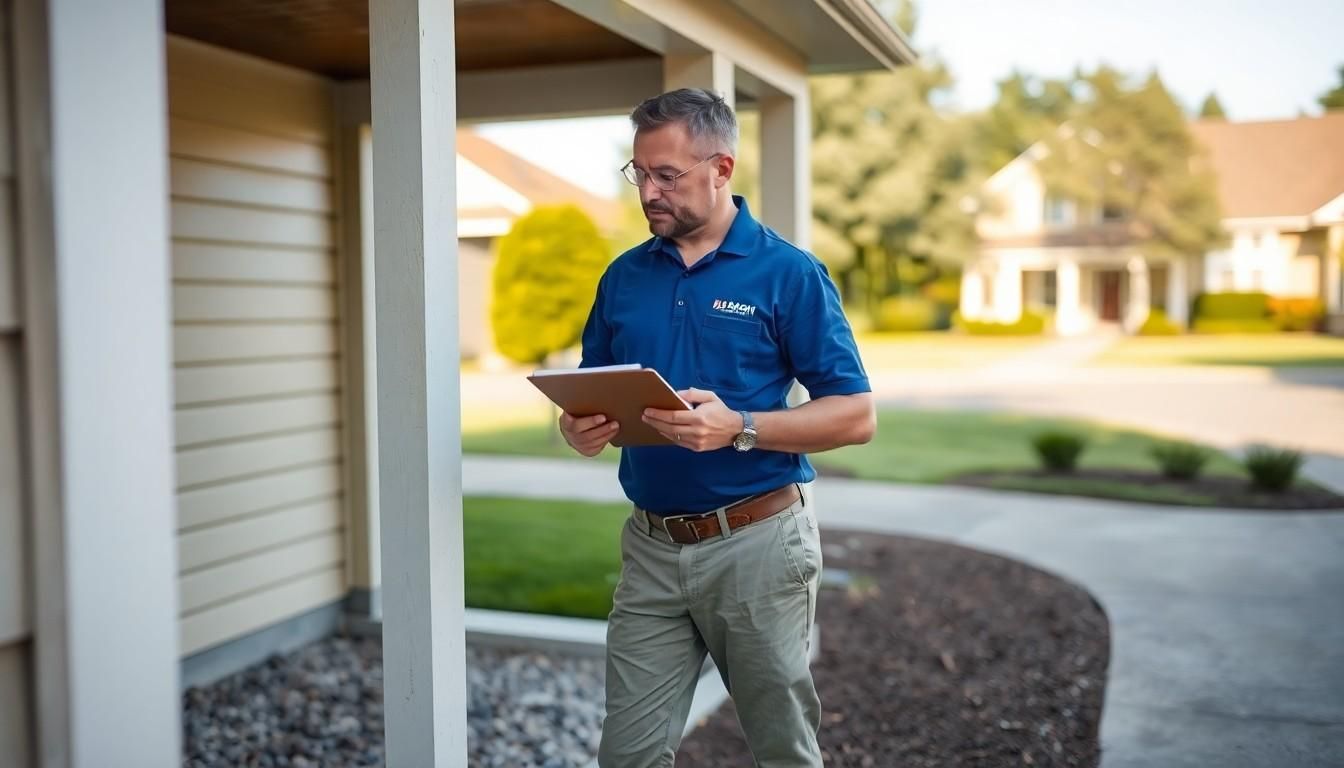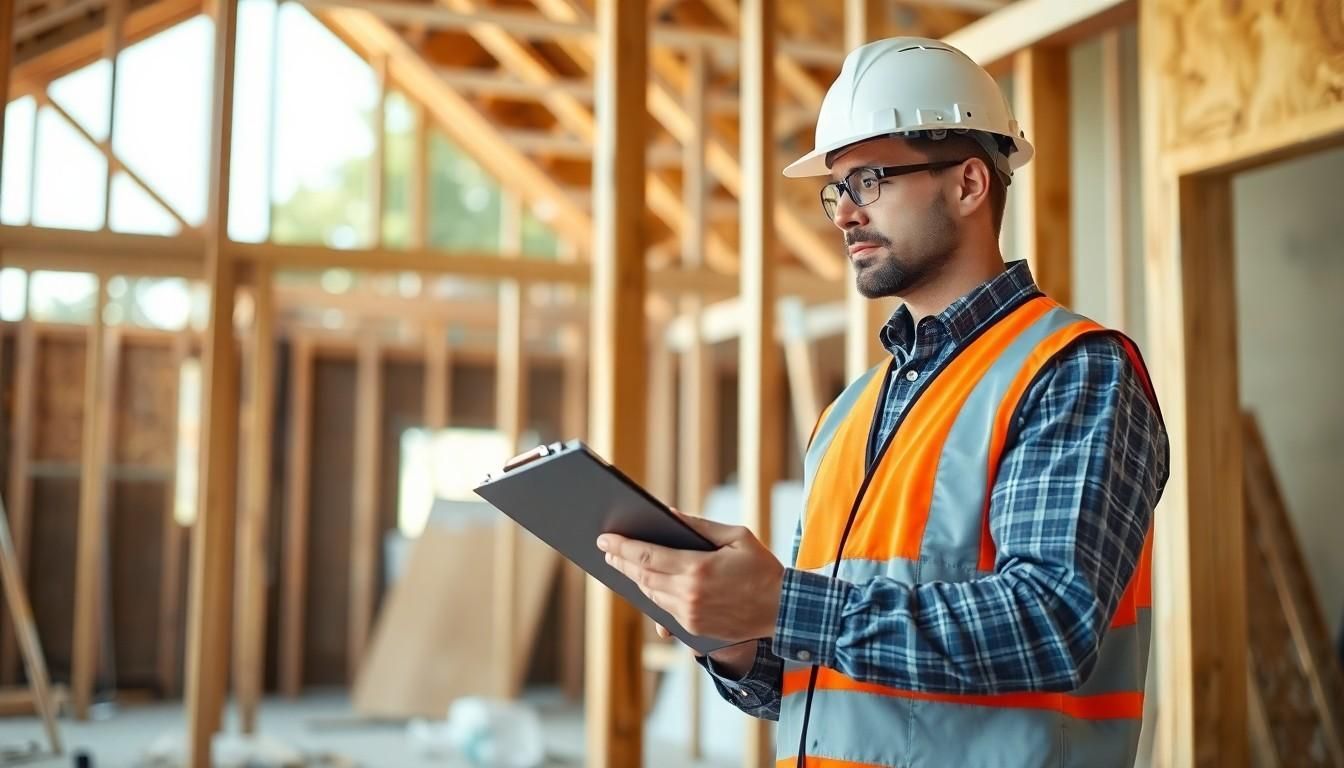Testing for Environmental Hazards: Essential Safety Measures
- Environmental Testing Importance: Maintains safety and health in homes/workplaces.
- Key Tests: Air quality, water quality, soil contamination, asbestos, lead, mold, and radon testing.
- Lead Contamination: 87% of homes pre-1940 and 24% pre-1978 have lead paint.
- Asbestos Detection: Involves inspections and lab analysis; dangerous exposure risks.
- Biological Hazards: Mold and bacteria testing for respiratory health.
- Air Quality Impact: Poor air can lead to health issues; ongoing testing is crucial.
- Professional Services: Essential for accurate testing and compliance with industry standards.
Are the air and water quality of your home or business truly safe, or are unseen dangers lurking? In a world where environmental hazards pose significant risks to health and safety, understanding and implementing effective testing methods has never been more crucial.
This article delves into the intricacies of environmental testing methods—a vital process for assessing chemical, biological, and physical factors affecting your health and the safety of your properties. Equipped with cutting-edge technology and laboratory testing procedures, these assessments offer critical insights to not only ensure compliance with regulatory standards but also enhance your investment's value by creating safer living and working environments.
Understanding Environmental Testing Methods
Environmental testing plays a key role in maintaining safety and health standards in homes and workplaces. These tests use advanced technology to provide quick, non-invasive feedback. This helps identify potential hazards early, ensuring the well-being of residents and workers. Indoor environmental testing examines chemical, biological, and physical factors that could harm health, offering insights to create safer spaces. These tests include:
- Air Quality Testing
- Water Quality Analysis
- Soil Contamination Testing
- Asbestos Detection
- Lead Testing
- Mold and Biological Hazard Testing
- Radon Testing
These methods help find various environmental hazards. For example, air quality tests detect pollutants like allergens and volatile organic compounds (VOCs) that can affect health. Water tests check for contaminants like radon and lead, protecting against health risks. Soil tests identify hazardous substances from chemical runoff or industrial activities, crucial in areas hit by natural disasters.
Key Environmental Hazards and How to Identify Them
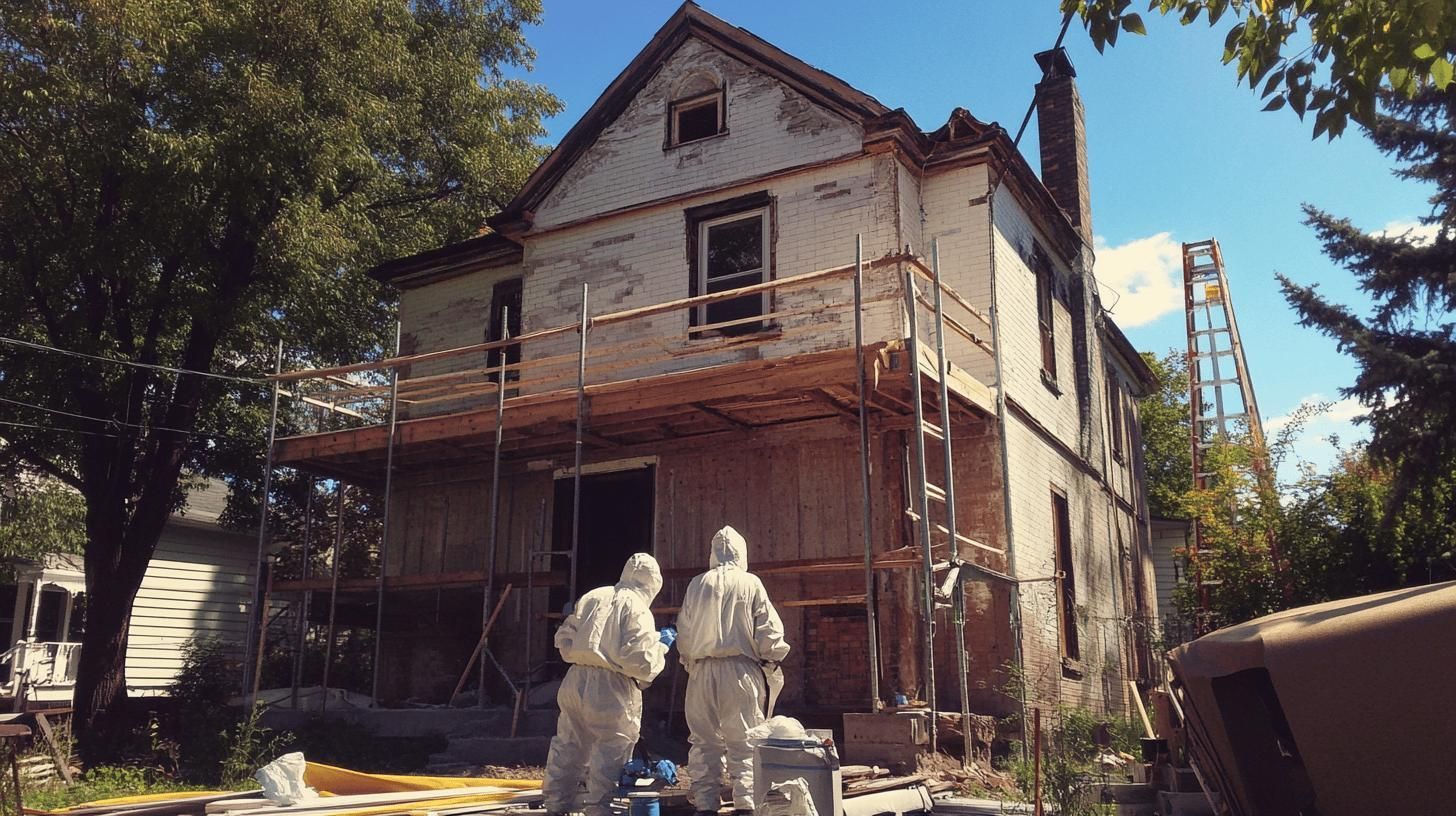
Environmental hazards are a major worry for property owners, affecting both health and safety. These include air pollution, water contamination, and workplace hazards. Identifying these hazards is critical to prevent health issues and guarantee safe living or working conditions.
1. Lead Contamination
In the U.S., about 87% of homes built before the 1940s and 24% before 1978 have lead-based paint. Lead contamination poses serious health risks, such as neurological damage and developmental problems, especially in children. Testing uses special tools to analyze paint, dust, and soil samples, ensuring any lead is detected and managed.
2. Asbestos Detection
Asbestos, a dangerous mineral fiber, was widely used in construction until the 1980s. Detection involves visual inspections and collecting material samples for lab analysis to confirm asbestos fibers. These tests are vital as exposure can cause severe health issues, including lung cancer and mesothelioma. Professional testing ensures accurate results and safe removal if needed.
3. Biological Hazard Testing
Targets mold and bacteria, which thrive in damp, poorly ventilated areas. Molds such as Stachybotrys chartarum, or "black mold," can cause respiratory problems and allergies. Testing involves air and surface sampling to find harmful biological agents. Prompt action is essential to maintain a healthy indoor environment.
Professional testing services are crucial for identifying environmental hazards. They bring expertise and equipment for thorough inspections and reliable results. Working with them ensures property owners are informed about risks, allowing for effective measures to safeguard environments.
Air Quality Testing and Its Impact on Health
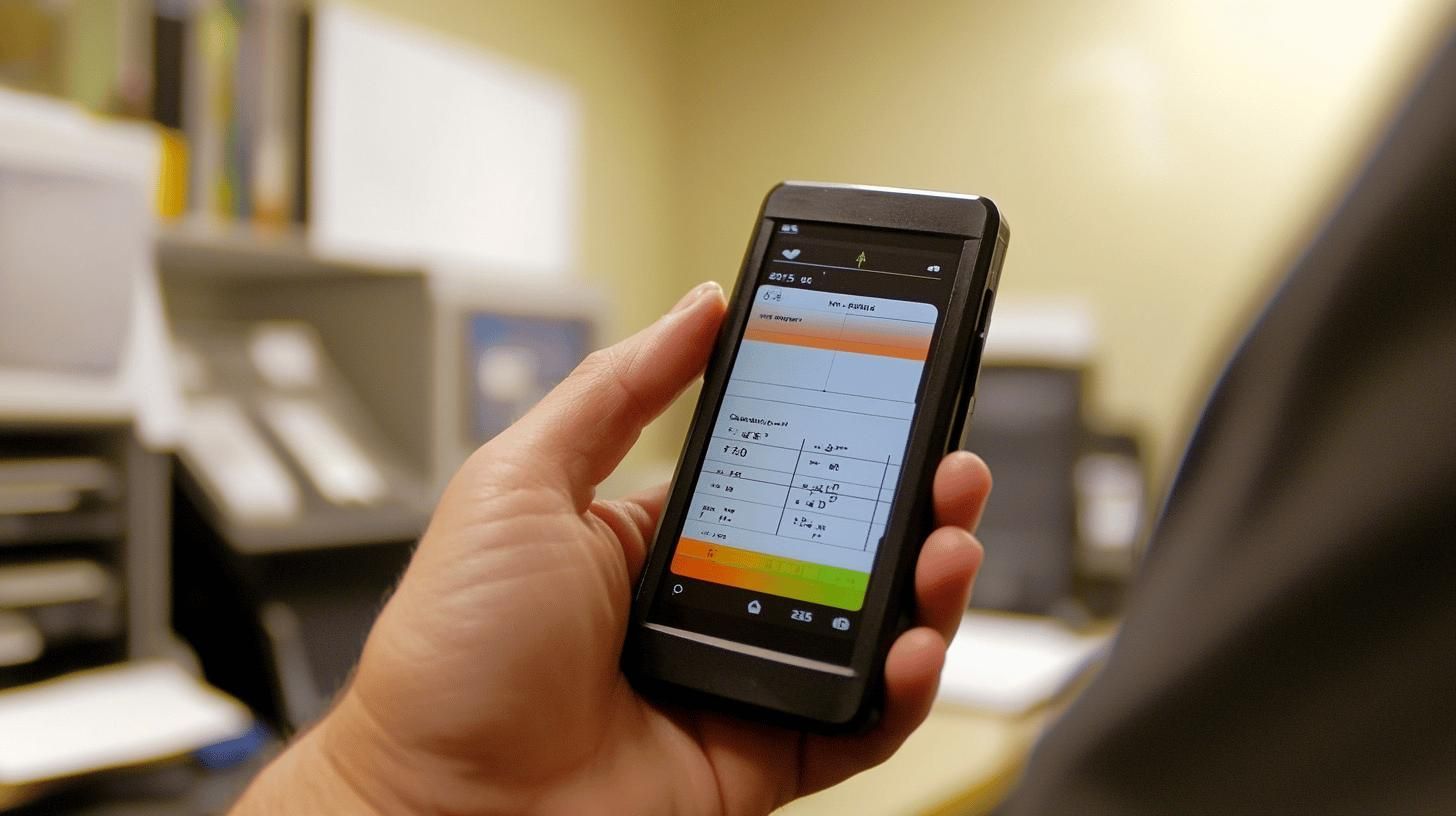
Air pollution, affecting both outdoor and indoor spaces, is a major concern. Common pollutants include allergens, mold spores, and VOCs from household products, combustion, and construction materials. These pollutants can harm health, causing symptoms like headaches, dizziness, nausea, and respiratory issues.
Indoor Air Quality Testing
Indoor Air Quality (IAQ) testing evaluates conditions inside buildings using advanced monitoring tools. Techniques like particulate matter analysis, gas chromatography, and VOC sensors ensure accurate readings. Testing reveals pollutants' presence and concentration, guiding air quality improvements to safeguard health.
Poor air quality connects to negative health effects, highlighting regular testing's importance. Bad air can worsen health conditions, trigger new symptoms, and lower well-being. Regular IAQ tests help property owners find issues early, implement solutions, and create healthier environments.
Role of Professional Services in Environmental Hazard Testing

Hiring professional environmental services is essential for detecting and managing hazards effectively. These services provide expertise and technology for thorough inspections and accurate assessments. Professionals handle complex tests, offering peace of mind by revealing risks that might be missed. Their specialized equipment detects a wide range of hazards, offering data for informed remediation and compliance decisions.
Final Words
Testing for environmental hazards involves multiple sophisticated methods, ensuring the safety of various properties through accurate identification and analysis. From detecting air pollutants to assessing soil and water contamination, these testing practices play a crucial role in maintaining health and safety.
Professional services contribute significantly to this process by providing unbiased, precise results and ensuring adherence to regulatory standards.
FAQ
What are the steps involved in conducting an environmental risk assessment?
An environmental risk assessment involves hazard identification, dose-response assessment, exposure assessment, and risk characterization. These steps evaluate potential risks from environmental hazards to health and safety.
How do you assess environmental hazards?
Assessing environmental hazards involves identifying potential sources of harm, measuring concentrations, evaluating exposure scenarios, and analyzing potential health impacts using scientific methodologies.
What are the four types of environmental hazards?
The four types of environmental hazards are physical (e.g., radiation), chemical (e.g., pollutants), biological (e.g., pathogens), and social (e.g., urbanization) hazards that may affect health and safety.
What are common examples of environmental risks?
Common environmental risks involve air and water pollution, soil contamination, chemical spills, exposure to hazardous materials like asbestos and lead, and occupational health risks in industrial settings.
What is the role of professional services in environmental hazard testing?
Professional services ensure unbiased, accurate laboratory results, compliance with standards, and reliable recommendations, critical for informed decision-making in addressing environmental hazards.
